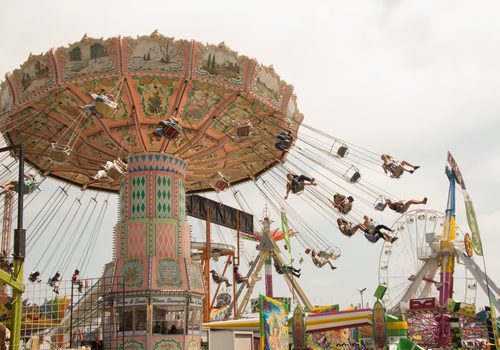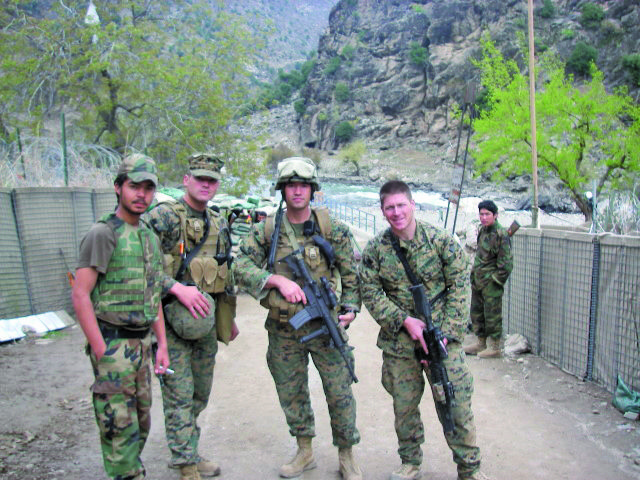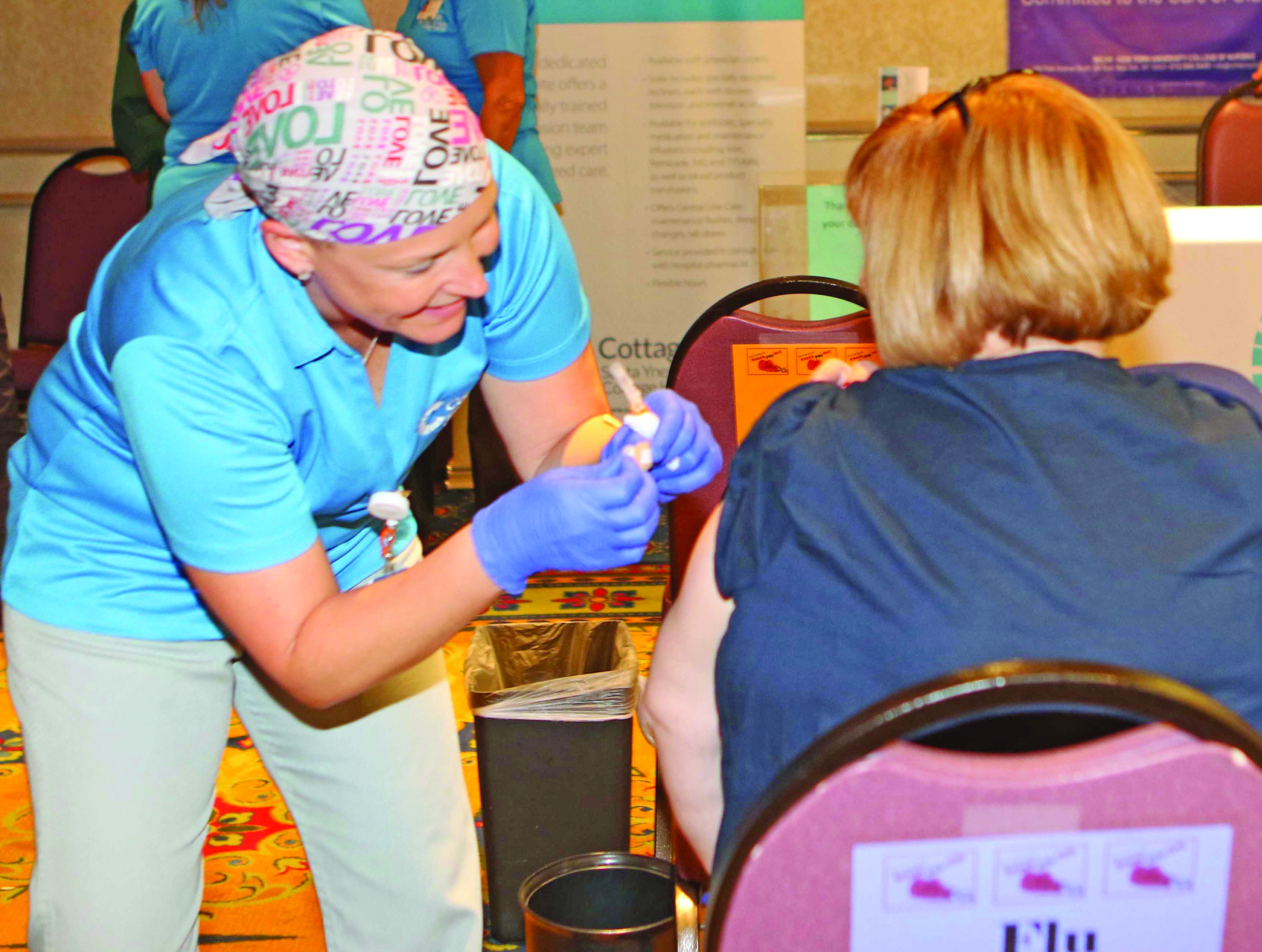By John Copeland
Contributing Writer
As a month, August is a bit unusual. Besides being one of only two months named for a person (Caesar Augustus), it is the only month without a real holiday.
That doesn’t mean nothing ever happened in August. World War I started in August 1914. Iraq invaded Kuwait on Aug. 2, 1990. It is also the month that atomic bombs were dropped on Hiroshima and Nagasaki, the month Anne Frank was arrested, the month the first income tax was collected and the month Elvis Presley and Marilyn Monroe died.
It wasn’t always like this. August once had a major cultural holiday. In ancient times, the Celtic people, who inhabited parts of modern Eastern Europe, Greece, Spain, Northern Italy, Western Europe, England, Wales, Scotland and Ireland, celebrated the first of August as Lughnasa. During the Middle Ages, Aug. 1 was celebrated in the church as Lammas Day. These days, most folks have never heard of this holiday, making Lughnasa one of the year’s lost holidays.
How does one lose a holiday and, for that matter, why was it a holiday to begin with?
As societies evolve, some traditions retain their importance while others lose their meaning and relevance. Lughnasa was an agrarian celebration of harvest. As most of us today live in urban settings, the connections with crops and harvest no longer hold the same importance for us.
Lughnasa was named for Lugh, the Celts’ sun god. It falls on what is called a “cross quarter day.” The Celts and other ancient cultures divided the year based on the major celestial events: the Winter Solstice, Vernal Equinox, Midsummer Solstice and the Autumn Equinox. These remain as seasonal markers of our year and are called “quarter days.”
Our ancestors further divided the year at the half-way point between the solstices and equinoxes. These days are cross-quarter days that mark the beginning of each season.
For the Celts the start of autumn was this midpoint between the summer solstice and the autumnal equinox — Lughnasa. In many locales, the beginning of August was the time wheat had turned golden in the fields. This ancient festival celebrated the wheat harvest. It was also often referred to as “the feast of first fruits,” marking the beginning of harvest. It was a festival to guarantee peace and the abundance of food.
Relatively few of its traditions survive today. Those that do tend to be confined to specific places where early August remains the traditional time for summer fairs.
What we do know for certain is that for centuries, around Aug. 1, Celtic people celebrated the first fruits of the harvest on a day called Lughnasa. Brian Friel’s wonderful play, “Dancing at Lughnasa,” gives an excellent account of the holiday as it was still practiced in the early part of the 20th century.
Aug. 1 was celebrated from the summit of the earth to its depths. Assemblies on hilltops were a traditional part of the proceedings. It was also a time for visiting holy wells.
Flowers were an important part of Lughnasa, and in villages the wells were dressed with elaborate floral tributes. As Christianity gained dominance, many sacred pagan wells were renamed for Mary and floral arrangements became an important part of the Aug. 15 feast of the Assumption of Mary. This is very clearly an example of the Christianization of pagan traditions and beliefs.
The horse also figured into Lughnasa celebrations. Horse swimming was recorded as having taken place throughout Ireland. Horses were made to swim through lakes and streams at Lughnasa or on the nearest Sunday to the first of August. It was thought that no animal would survive the year unless it was so drenched.
Even today the Irish still associate equine activities with this time of the year. It is no coincidence that the Dublin Horse Show, the Connemara Pony Show, and the Galway Races all take place in late July and early August.
Christianity remade Lughnasa into Lammas. The Anglo-Saxons called the day Lammas, derived from their word hlaef-mass, meaning loaf-mass. In the church the day was a special thanksgiving for the first bread of the harvest. The “first bread” was placed on the altar, blessed and broken, and given to the people as the body of Christ. This first bread blessing largely died out as a Christian ritual after the Reformation.
Though the festival of Lughnasa and later Lammas was celebrated only in what had been Celtic lands, this time of year marked important festivals in other parts of the world. The Romans, the Assyrians, the Babylonians, the Akkadians, the Egyptians and the cultures of Scandinavia all observed festivals around this time associated with the Dog Star, Sirius.
Lughnasa and these other festivals were the point in the year where one could tell the days were getting shorter. There is an old saying, “Today is Lughnasa, the night stretches.”
If you are outside in the evening you’ll notice a subtle change going on in nature — cooler nights, a shift in the quality of light, the scritch of crickets instead of the trill of songbirds. The seasons are changing as the year moves on.







